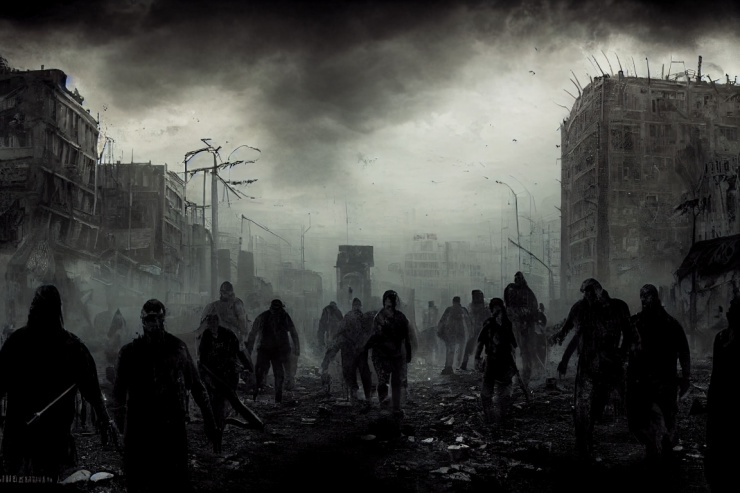Your Survival Guy has unfortunately experienced the discomfort and uncertainty of a prolonged natural gas outage. When gas service went out in much of Newport, RI, back in 2019, it took days to recover, and many people in town faced significant hardship. Your Survival Guy and Gal did just fine, but it was a real-time test of many of the preparative measures we had put in place. (Read more about the Newport Gas Outage here). Last year, New York City nearly had its own gas outage, as wells in production areas froze up, and demand increased along the overused pipeline routes leading to the Big Apple. The Wall Street Journal editorial board writes:
A particular problem was that wells in the Marcellus and Utica shale deposits that supply much of the eastern U.S. with natural gas froze, reducing production by 23% to 54%. While gas supply fell, demand for electricity and heating surged, causing the pressure in interstate pipelines that supply downstate New York to plunge.
New York City utility Con Edison, “given its downstream location near the end of the interstate pipelines, was disproportionately impacted by the deteriorating pipeline conditions, through no fault of its own,” the report says. To restore pipeline pressure, Con Edison curtailed gas to some customers and activated a liquefied natural gas regasification plant.
Otherwise, Con Edison “could have faced an unprecedented loss of its entire system that, in this worst case scenario, would have taken months to restore, even with mutual assistance” while customers “would have been unable to heat their apartments and houses while the outside temperature was in the single digits, for months,” the report says.
Winter storms happen, but U.S. energy systems are becoming less resilient as coal and nuclear power plants shut down owing to competition from heavily subsidized green energy and cheaper natural gas. While gas power is more reliable than wind and solar, icy winter conditions can still cause fuel shortages.
Allowing shale fracking in upstate New York might have mitigated the gas supply shortage at the margin, but former Gov. Andrew Cuomo blocked that. The climate lobby’s antidote is electric heat pumps, but that would have increased strain on an already stressed grid. If New York City relied mostly on electricity for heat, millions could have lost both power and heat during the arctic blast. How’s that for a zombie apocalypse?
Action Line: No one wants to see a zombie apocalypse scene in New York City, or anywhere. Redundant, overlapping fuel sources powering America’s electric grid, and backup heat for your home are a good mix for reliability. It doesn’t hurt to have a backup generator, too, and plenty of stored water (make sure it’s not frozen in the winter). Click here to subscribe to my free monthly Survive & Thrive letter.
Originally posted on Your Survival Guy.
If you’re willing to fight for Main Street America, click here to sign up for the Richardcyoung.com free weekly email.





